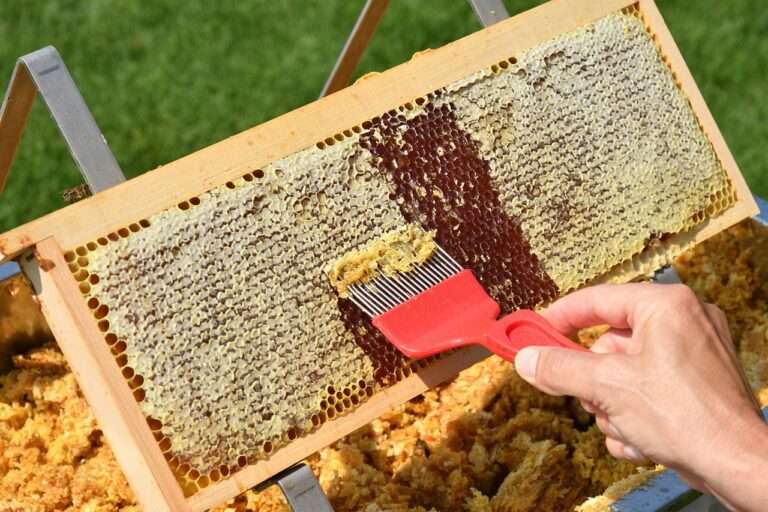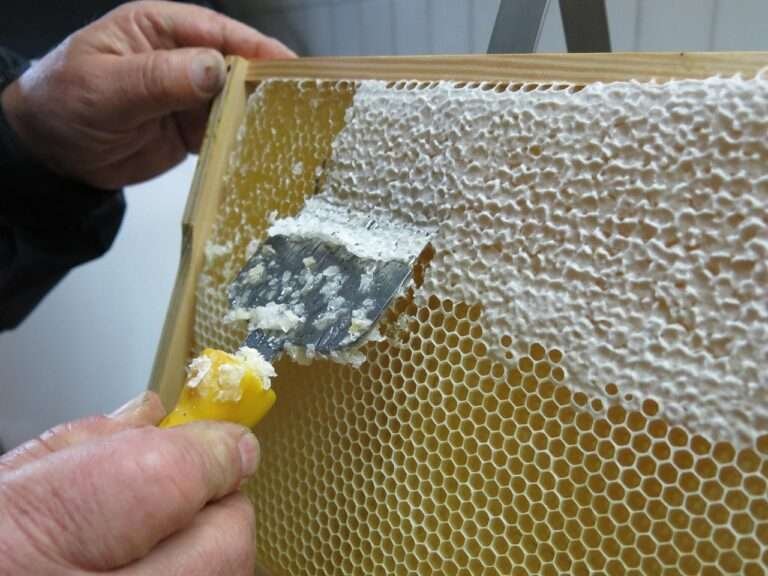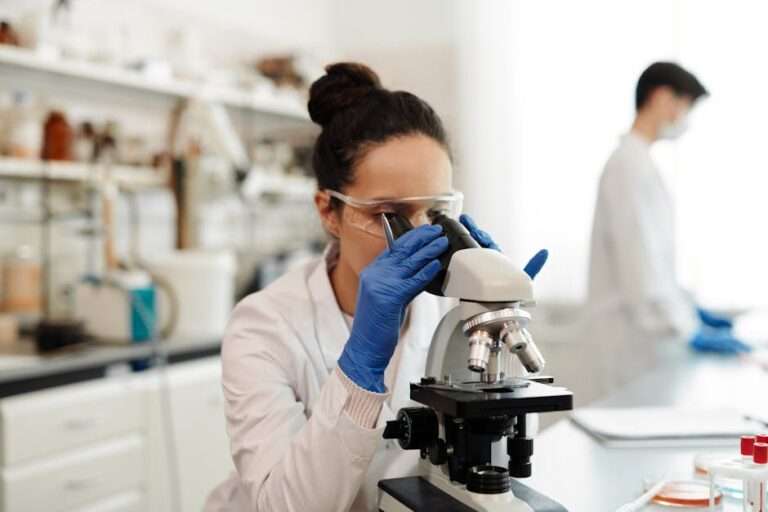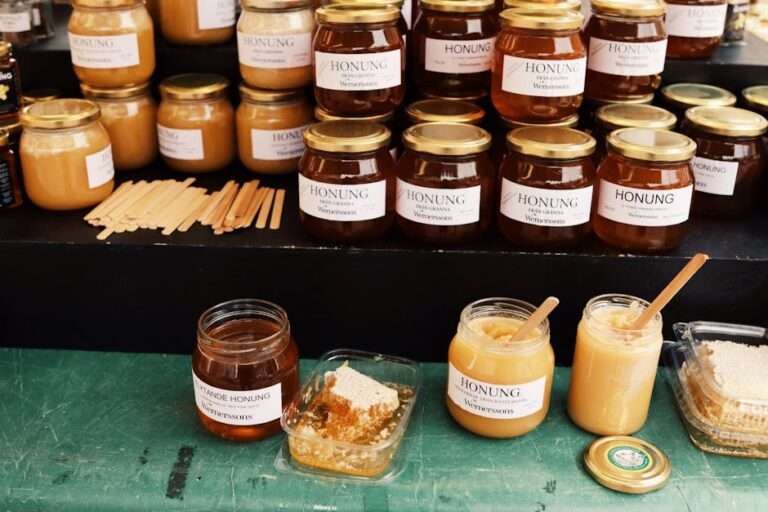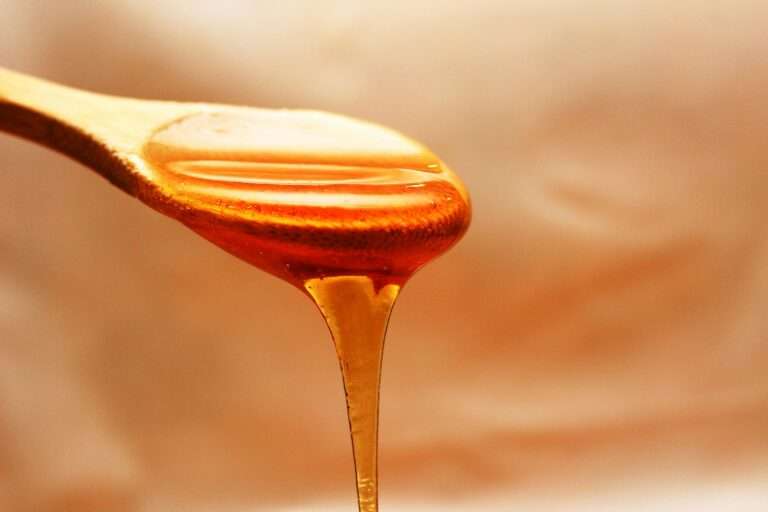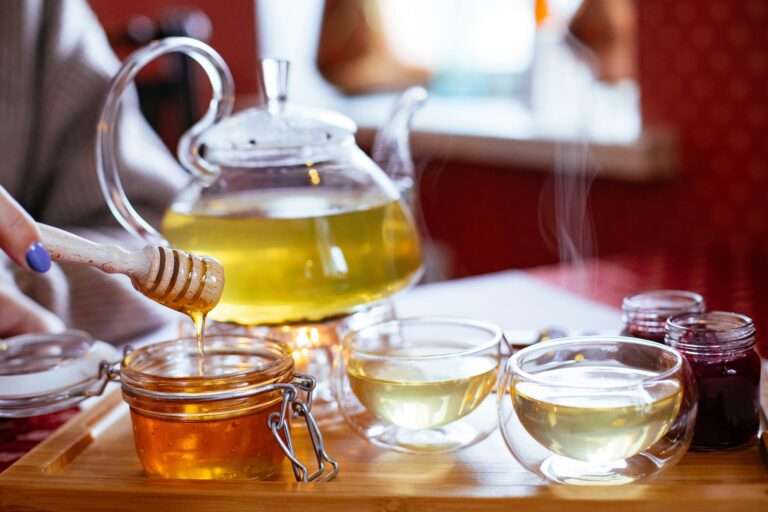What Gear Do I Need to Harvest Honey?
Key gear for getting honey from the hive and typical cost Stage What you need Typical price range (USD, July 2025) Notes Removing bees from the super – Bee brush ($5–15) – Fume or escape board ($20–35) $5–35 Gently clears frames before extraction[1]. Uncapping the comb – Cold knife or serrated “hot” knife ($20–100) – […]

